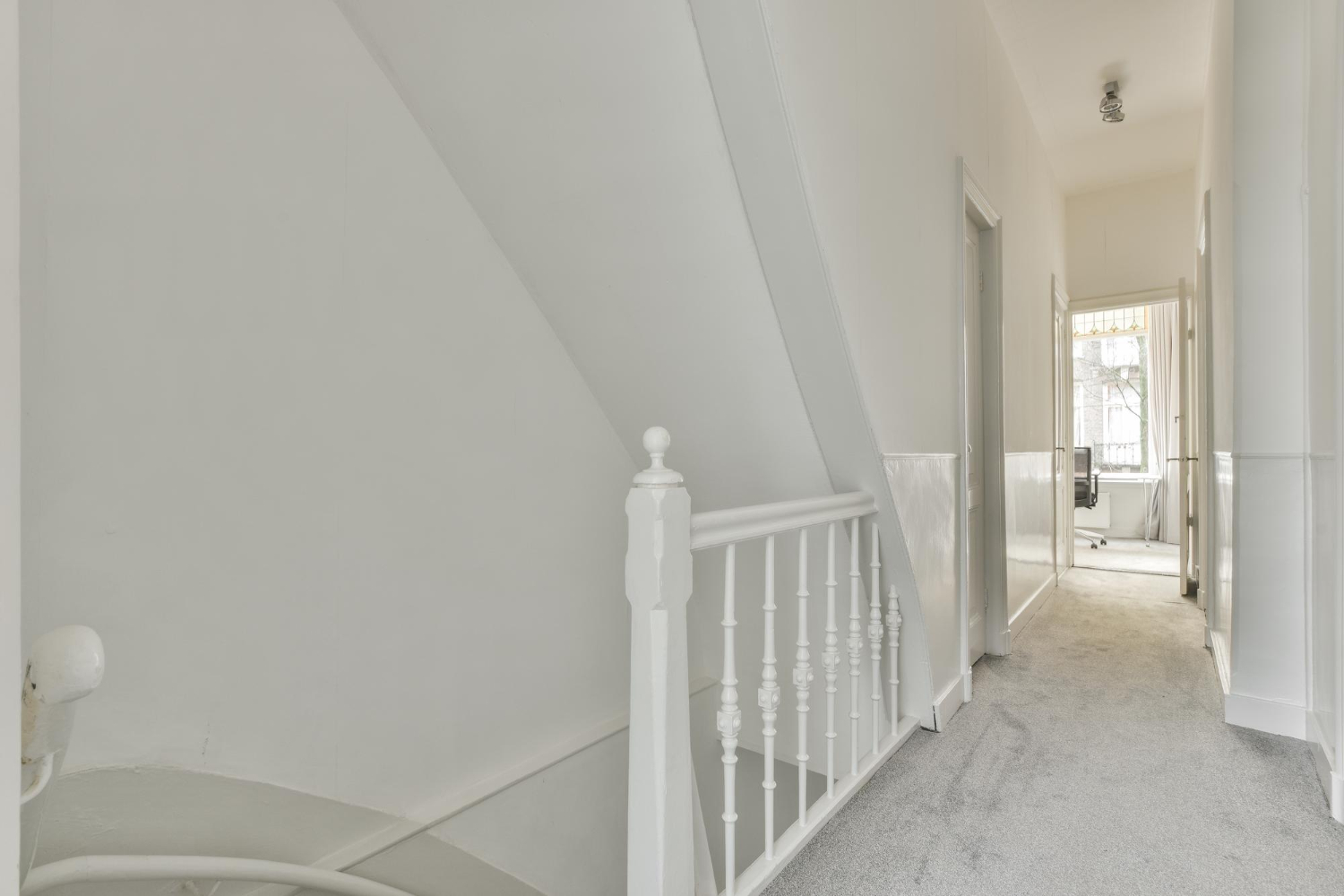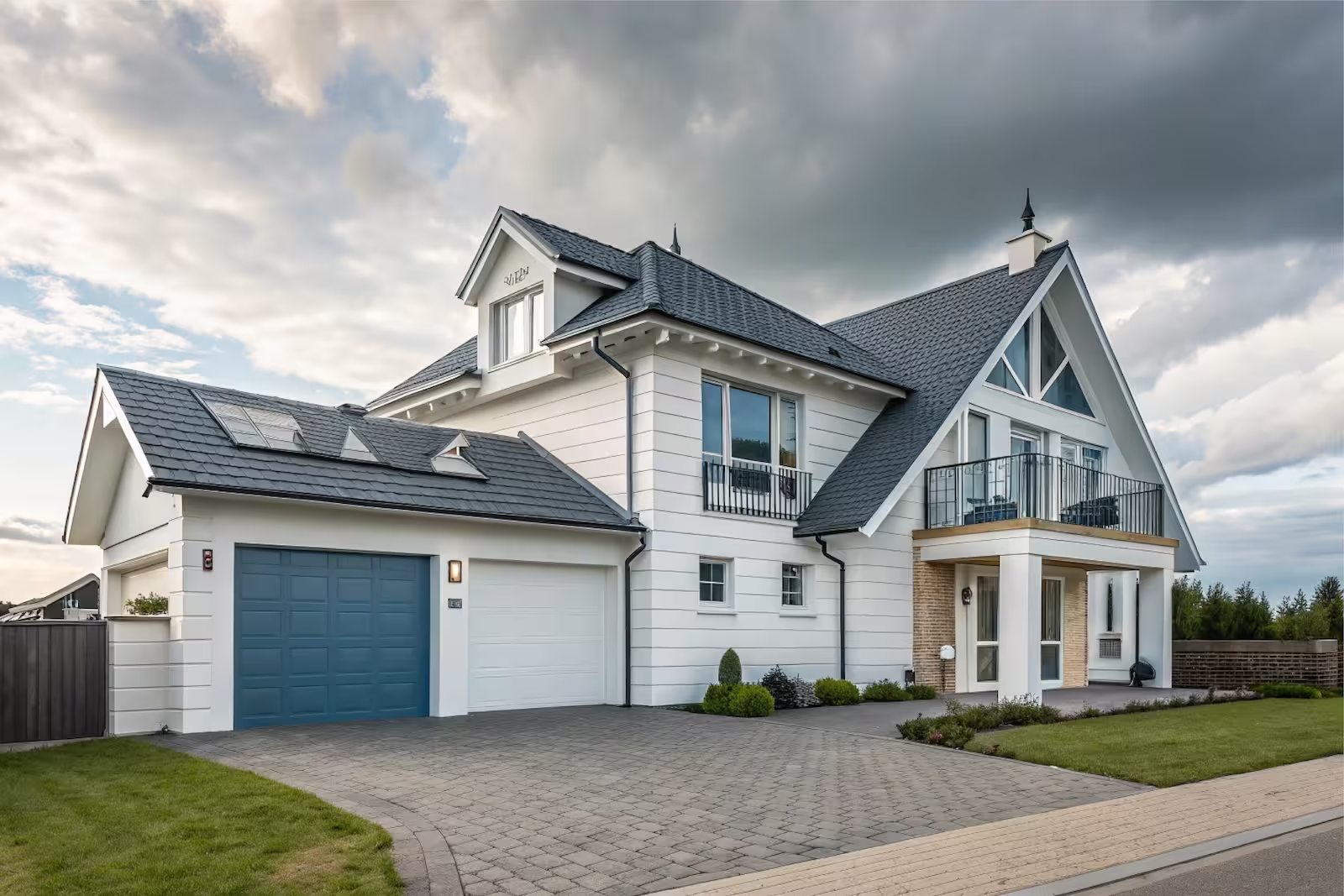
Josh Clounch
August 18, 2025

You're not imagining it. Your upstairs really is a furnace in the summer.
If you're like most homeowners in the Dallas-Fort Worth area, you've probably tried everything: cranking down the thermostat, closing vents downstairs, adding more insulation, maybe even upgrading to a bigger AC unit. Yet your master bedroom still feels like a sauna by 3 PM, and you're considering sleeping downstairs just to get a decent night's rest.
Here's the truth: those "solutions" don't work because they don't address the real reasons your upstairs gets so hot. The problem isn't that you need more cooling power—it's that your home has fundamental building science issues that no amount of air conditioning can overcome.
Let's explore what's really making your upstairs unbearable and, more importantly, what actually fixes it.
Before we dive into the real causes, let's debunk the most common "solutions" that waste homeowners' money every summer:
Why It Fails: If air is moving freely through your attic space, adding insulation is like putting a sweater on over a wet bathing suit. Hot attic air will find every gap and penetration to enter your living space, rendering insulation nearly useless.
Why It Fails: An oversized AC unit actually makes things worse. It cools your home too quickly without removing humidity, then cycles off before properly conditioning the upstairs. You end up with a cold, humid downstairs and a hot, sticky upstairs.
Why It Fails: This creates pressure imbalances that force your system to work harder. It can actually increase the temperature difference between floors by disrupting your HVAC system's designed airflow.
Why It's Incomplete: While hot air does rise, this shouldn't make your upstairs unbearably hot if your home is properly designed and sealed. The "it's just physics" explanation is what contractors say when they don't understand building science.
Using advanced building science diagnostics, we've identified the true culprits behind hot upstairs spaces. Here's what's really happening in your home:
What It Is: Stack effect is the movement of air in and out of your home due to pressure differences. In summer, hot air rises and escapes through the top of your house, which pulls hot outdoor air in through the bottom.
How It Affects You: Your home acts like a chimney. Hot attic air gets sucked into your upstairs living space through gaps around light fixtures, outlets, and ceiling penetrations. Meanwhile, your expensive conditioned air escapes through those same gaps into the hot attic.
The Building Science Fix: Comprehensive air sealing of the thermal boundary stops unwanted air movement. This isn't just caulking around windows—it's systematically sealing every penetration between your living space and attic.
What It Is: Most homes lose 14-30% of their conditioned air through duct leakage. When ducts run through hot attics or crawl spaces, they're working against extreme temperature differences.
How It Affects You:
The Building Science Fix: Professional duct sealing combined with proper insulation ensures conditioned air reaches its destination. In severe cases, duct relocation to conditioned space eliminates the problem entirely.
What It Is: Thermal bridges are structural elements (like wood framing) that conduct heat directly through your building envelope, bypassing insulation.
How It Affects You: Even with good insulation, heat conducts through studs, joists, and other framing members directly into your upstairs rooms. These "thermal highways" can account for 10-25% of heat gain.
The Building Science Fix: Continuous insulation strategies and thermal breaks minimize heat conduction through structural elements. This might include exterior insulation, advanced framing techniques, or strategic thermal bridge interruption.
What It Is: Your roof can reach 150°F+ in Texas summer sun. Without proper thermal barriers, this heat radiates directly into your upstairs living space.
How It Affects You:
The Building Science Fix: Comprehensive thermal envelope optimization including proper insulation levels, radiant barriers, improved attic ventilation, and strategic air sealing.
What It Is: When your HVAC system creates negative pressure upstairs, it literally sucks hot air from the attic, walls, and outdoors into your living space.
How It Affects You:
The Building Science Fix: Pressure balancing through proper return air design, controlled ventilation, and comprehensive air sealing.
The Johnsons called us after their upstairs became unbearable despite spending $5,000 on a new AC unit and additional insulation. Here's what our building science assessment revealed:
Their "new" AC unit was working perfectly—it was just fighting impossible odds.
Fixing hot upstairs spaces requires a comprehensive building science approach, not piecemeal repairs. Here's how we solve the problem permanently:
Many homeowners avoid comprehensive solutions because they assume the cost will be astronomical. Here's the reality:
Most comprehensive improvements pay for themselves in 3-7 years through energy savings alone, often much faster when rebates are included.
You should consider professional building science help if:
Some hot upstairs situations indicate serious building science problems that need immediate attention:
These symptoms often indicate that your home's building envelope is so compromised that it's fighting your HVAC system. Continuing to push equipment harder won't solve the underlying issues and may lead to premature system failure.
You don't have to suffer through another Texas summer with an unbearably hot upstairs. The technology and expertise exist to solve these problems permanently using building science principles.
The key is understanding that this isn't an HVAC problem—it's a building envelope problem. No amount of air conditioning can overcome fundamental building science issues like air leakage, duct problems, and thermal bridging.
When you address the root causes using a systematic building science approach, you get:
If you're tired of temporary fixes and ready for a permanent solution, our Building Performance Institute certified specialists can help. During your free comprehensive assessment, we'll use advanced diagnostic equipment to identify exactly what's making your upstairs hot and create a systematic plan to fix it.
You'll discover:
Don't spend another sleepless night in a sweltering bedroom. Let building science transform your upstairs into the comfortable retreat it should be.
Building Performance Institute Certified | Veteran-Owned Business | Serving the Dallas-Fort Worth Metroplex


